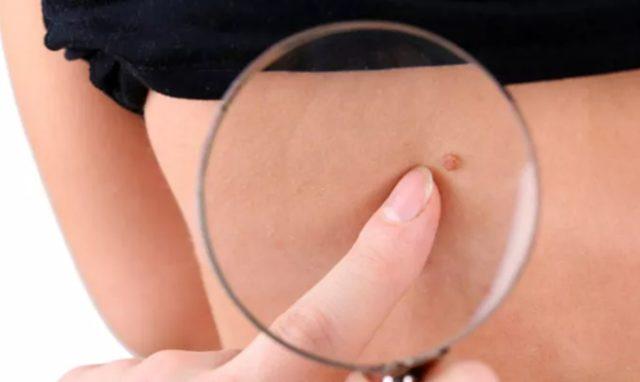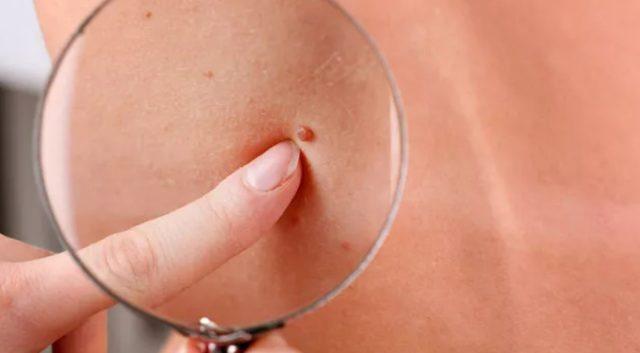Diabetes, also known as diabetes in the community, can cause blindness and loss of organs and limbs if not treated. Therefore, it is necessary to be conscious about the risk factors of diabetes. While the main symptoms of the disease are usually excessive thirst and an increase in the need to urinate, a sign on your skin may also be a warning of diabetes.
ATTENTION TO MEAT moles
Turkish researchers found that type 2 diabetes increased in people with moles. People who find at least one small meat mole should also be tested for high blood pressure, experts said.
To check for their chances of developing metabolic disorders, the team tested the blood of 60 people, half of whom had at least one mole on their bodies.
PEOPLE WITH MEAT ME ARE MORE RISK OF DISEASE

The study, published in BMC Dermatology, found that 30 people with moles were at greater risk for various metabolic disorders, including obesity, high blood pressure, and most likely type 2 diabetes.
OTHER SYMPTOMS THAT MAY BE A SYMPTOM OF DIABETES ON YOUR SKIN

- Yellow or brown patches or bumps
- A darker skin area with a velvety feel, especially around the neck and armpits
- Hard patches of skin – especially on the fingers and toes
- The appearance of bubble groups
- Skin spots – small and barely noticeable depressions in the skin
- Extremely dry and itchy patches of skin, especially on the arms, legs, elbows and feet.
- Other key symptoms of diabetes include feeling very tired, weight loss and loss of muscle mass, and blurred vision.
ITCHES CAN BE A WARNING SIGNS

When it comes to your skin, the NHS says itching or slow-healing cuts or sores around the penis or vagina are also common symptoms.
SIGNIFICANT LIFE IS A SIGNIFICANT RISK FACTOR FOR DIABETES

Diabetes is a serious condition that occurs when the glucose level in your body is too high. There are two types, the main difference being hereditary type 1 and type 2, in most cases linked to lifestyle choices. But both are just as serious and can lead to a variety of health problems, including kidney failure, nerve damage and gum disease. It’s caused by the body making too little of a chemical called insulin that breaks down sugar. Being overweight or inactive can be a risk factor.
